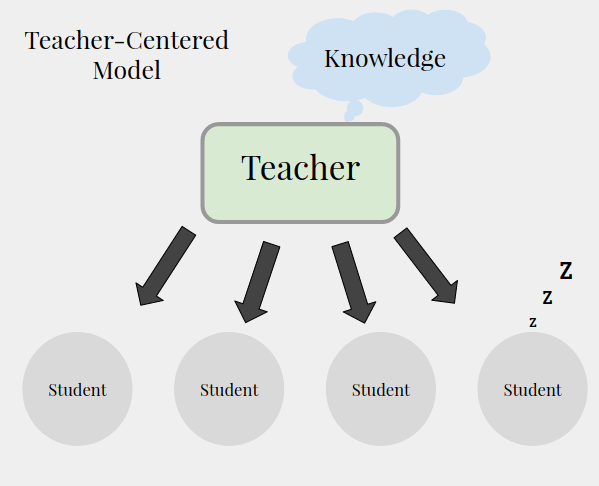Learner-centered and teacher-centered are two approaches to education that differ in their focus and prioritization. In a learner-centered approach, the focus is on the needs, interests, and abilities of the student, and the teacher serves as a facilitator who supports and guides the learning process. In a teacher-centered approach, the focus is on the teacher as the authority figure and primary source of knowledge, and the student is expected to passively receive and absorb information.
One key difference between these approaches is the role of the teacher. In a learner-centered approach, the teacher acts as a facilitator, helping students to explore and discover concepts on their own. This can involve using a variety of teaching methods, such as inquiry-based learning, problem-based learning, or project-based learning, which allow students to actively engage with the material and take an active role in their own learning.
In contrast, a teacher-centered approach puts the teacher at the center of the learning process, with students expected to listen and absorb information that is presented to them. This approach may involve more traditional teaching methods, such as lectures or direct instruction, and may place a greater emphasis on memorization and repetition.
Another difference between learner-centered and teacher-centered approaches is the emphasis on individualized learning. In a learner-centered approach, the teacher works to understand the unique needs and abilities of each student, and tailors their instruction and support accordingly. This approach allows students to learn at their own pace and in a way that is most meaningful and relevant to them.
On the other hand, a teacher-centered approach tends to take a one-size-fits-all approach, with the teacher presenting the same material to all students in the same way. This approach may not take into account the individual needs and abilities of each student, and may not be as effective in helping all students learn and succeed.
Overall, the main difference between learner-centered and teacher-centered approaches is the focus and prioritization of the learning process. In a learner-centered approach, the focus is on the needs and abilities of the student, and the teacher serves as a facilitator to support and guide the learning process. In a teacher-centered approach, the focus is on the teacher as the authority figure and primary source of knowledge, and the student is expected to passively receive and absorb information. Both approaches have their strengths and limitations, and the best approach will depend on the needs and goals of the student and the context of the learning environment.







